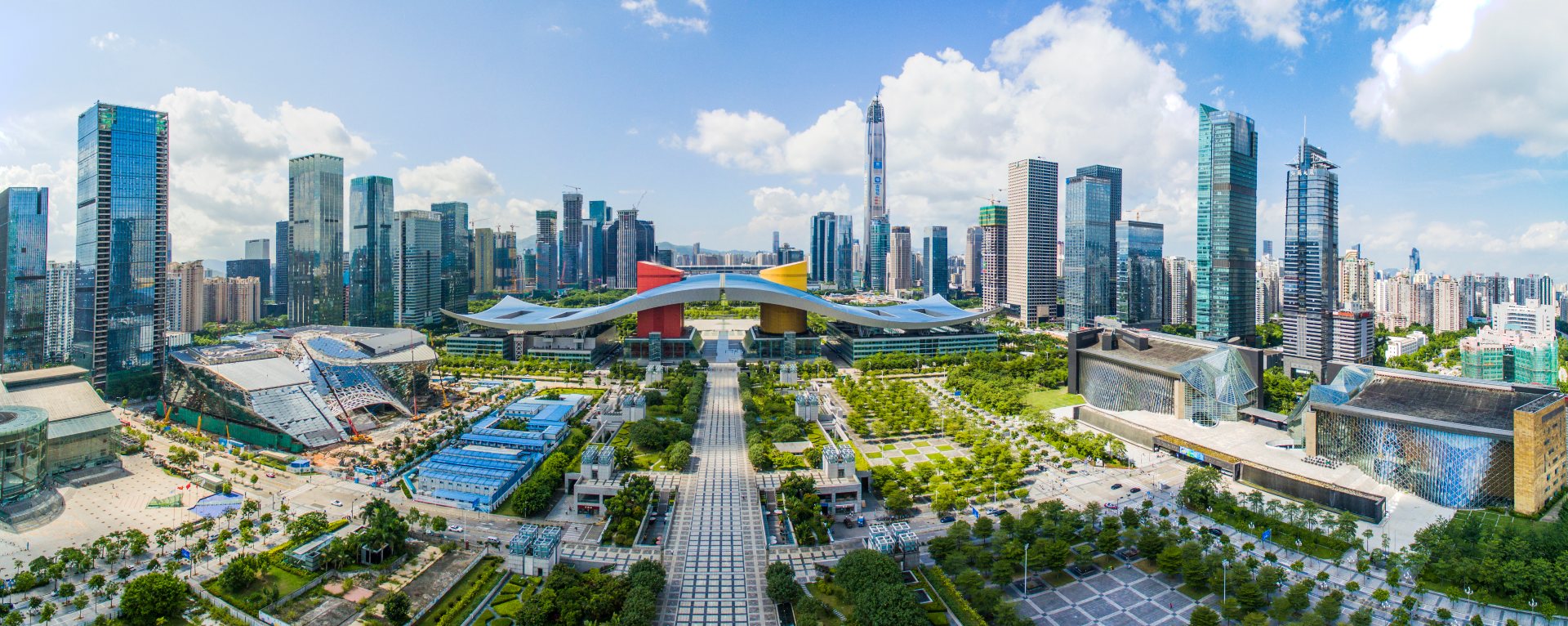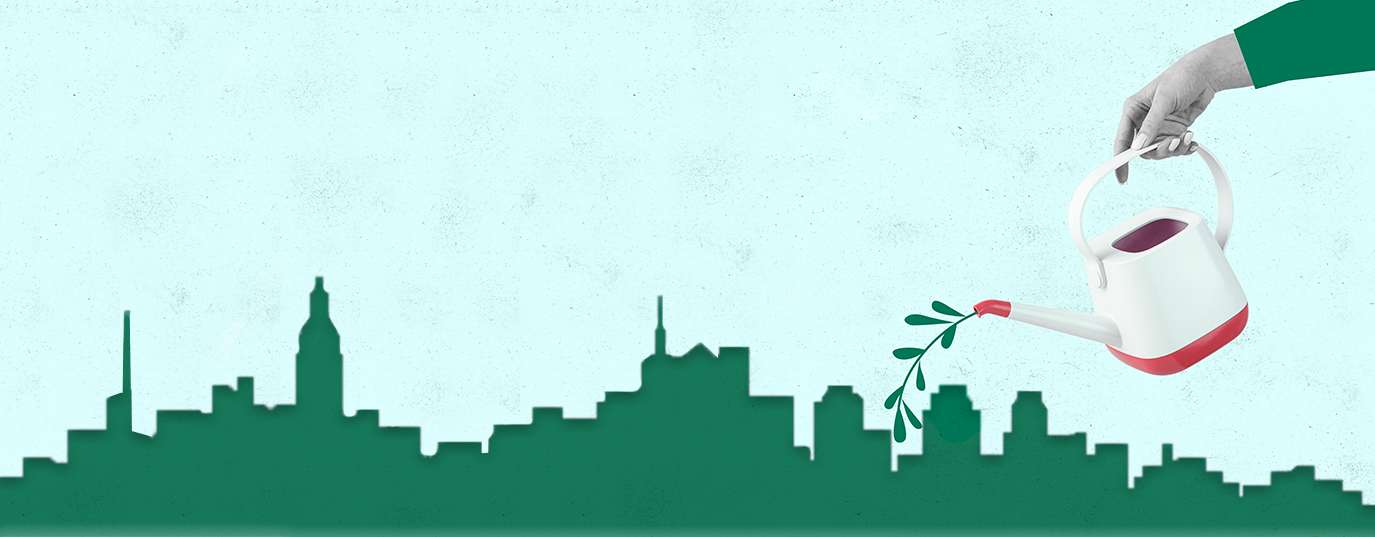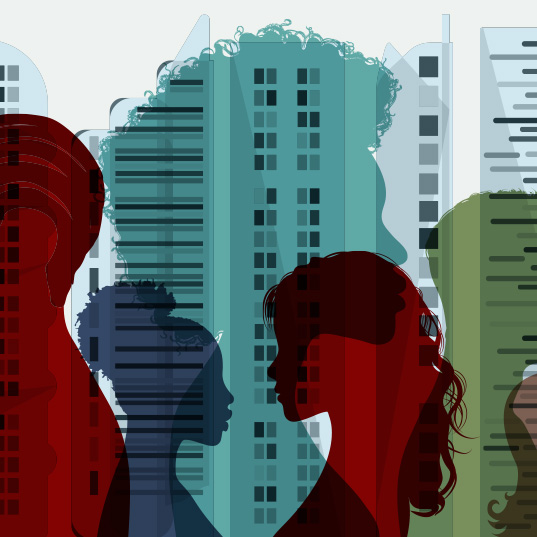Sustainable urban development: how new cities are being built
From concrete jungle to sustainable urban development, cities are adapting to the climate crisis before and after suffering consequences.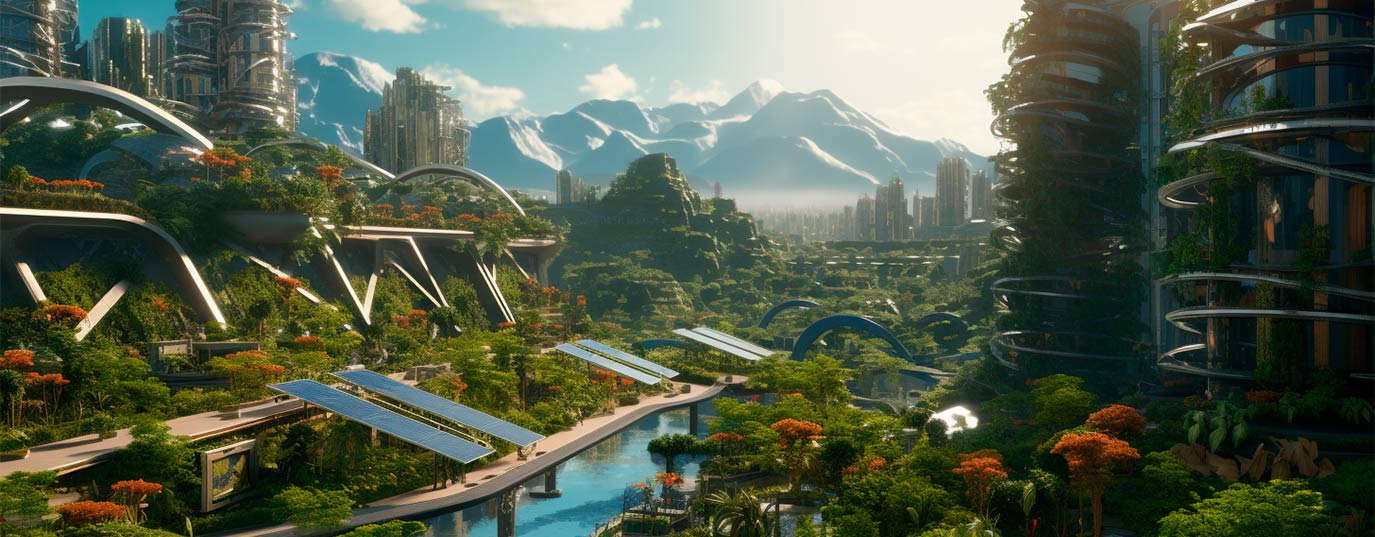
Cities are growing and this means their contributions to climate change and the consequences they suffer due to increasing temperatures are growing too. They might only occupy 2% of the planet’s land area, but they are responsible for 70% of all greenhouse gases. It is estimated that 52% of the world’s population now live in cities and towns – a figure that will reach 70% in 2050, when their emissions will consequently also be higher.
News reports warn us of the impact climate change is having on cities. The latest to have suffered disasters were in northern Italy which found itself underwater. The way in which we rebuild urban areas after the damage they suffer will be decisive. Sustainable redevelopment is the best way in which cities can minimize their contributions to climate change and adapt to its effects.
What will I learn from this article?
- Sustainable redevelopment
- Consequences of climate change in cities
- The case of Greensburg
- Sustainable urban development in the face of flooding
What is sustainable re-development?
When a city suffers serious damage, the need to reconstruct spaces, buildings and infrastructure presents an opportunity to re-plan them from the viewpoint of resilience and anticipating other possible disasters that weren’t foreseen in the past.
“If it is well planned and managed, urban development can be a powerful instrument in achieving sustainable development”
In the context of climate change, new approaches are being implemented that understand that cities can be part of the solution to the problems the world is facing and not their cause. If it is well planned and managed, urban development can be a powerful instrument in achieving sustainable development.
Sustainable redevelopment consists of planning and designing cities in an environmentally aware and socially responsible way. It is not about throwing everything out and starting again from zero, but of rethinking infrastructure and improving it in a smart way.
Sustainable urban development also relies on community participation and social equity, ensuring that local residents also benefit from changes. The aim is to make cities and human settlements inclusive, safe, resilient and sustainable.
“Sustainable urban development consists of planning and designing cities in an environmentally aware and socially responsible way”
Consequences of climate change on cities
Climate change is a serious danger for our cities and their inhabitants. The increase in frequency and intensity of extreme climate events such as flooding, storms and drought can cause great damage to urban infrastructure, housing and, of course, people’s lives. Rising sea levels can also be a big problems when settlements are in coastal areas.
Climate change also affects air quality in cities, since pollution and particulate concentration in the air have serious health consequences. High temperatures can also create what are known as heat islands in densely populated towns and cities.
Sustainable urban development in cities emerging from their debris
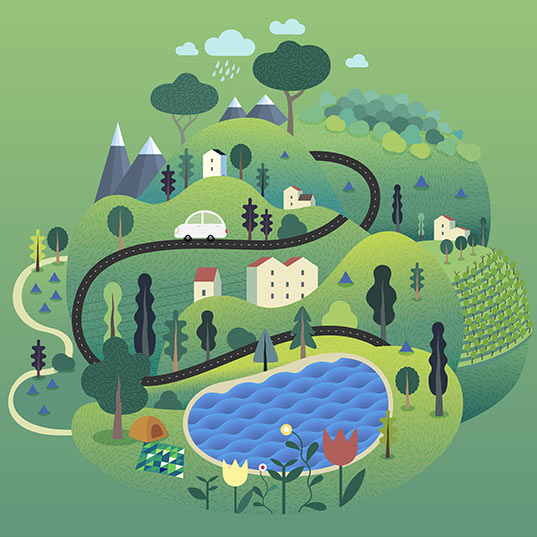 By changing the way in which we plan, construct and manage our cities, we can reduce their carbon footprint and build resilient spaces that adapt to higher temperatures and improve the quality of life of people.
By changing the way in which we plan, construct and manage our cities, we can reduce their carbon footprint and build resilient spaces that adapt to higher temperatures and improve the quality of life of people.
Such is the case with Greensburg, a farming community in south-east Kansas which is rebuilding “green” after an EF5 tornado – the most violent – passed through it in 2007 at over 320 kilometers per hour and almost wiped the town off the map. More than 90% of the buildings and trees were obliterated in a matter of minutes and 12 people died.
The idea of rebuilding the town sustainably arose virtually straight away, local leaders told The Washington Post. Greensburg became the first town in the country to require all municipal buildings obtain LEED certification.
The town hall, hospital, courts and library were built according to energy efficiency criteria, with sustainable air conditioning systems and cisterns allowing for the collection of rainwater for irrigation and other purposes.
A decade after the tornado, Greensburg had managed to convert the disaster into its greatest ally. Now it obtains 100% of its electricity from a wind farm, making it one of the few cities in the US that functions solely from renewable energy.
Sustainable urban development in the face of flooding
Greensburg’s efforts are an example that can be followed by communities worldwide as they tackle devastating weather phenomena like forest fires, tsunamis and floods. Sustainable urban development fosters resilience in cities, reducing the risk of disasters, mitigating climate change and adapting them to impacts.
The São Paulo Rain Gardens
Many of the most popular solutions are based on nature. São Paulo (Brazil) has a high risk of urban flooding due to the city’s landscape and rising rainfall. To improve its resistance to flooding, the city is transforming cement and tarmac built areas into green, absorbent and multifunctional zones called rain gardens.
The gardens act as small retention tanks for rainwater and, once full, excess water is diverted to rainwater collection systems. They represent a celebration of green spaces that benefit local biodiversity and also residents, who can escape from the city’s high temperatures. The São Paulo Rain Gardens also host native plants and a wide range of local fauna such as frogs, insects and birds.
The sponge city of Wuhan
Similarly, the ‘sponge city’ program in Wuhan (China) uses green infrastructure to avoid flooding. The project includes city gardens, parks and green spaces designed to filter water when it rains.
As well as preventing flooding, the project introduces many other benefits: the area around the Yangtze River park of the city sequesters 724 metric tons of carbon per year, whereas the park temperatures are as much as three degrees less than in the rest of the city.
The Fargo-Moorhead anti-flood canal
Regenerative infrastructure plays a key role in sustainable urban development. In North Dakota, the first green financing initiative in the United States is being built, designed specifically to adapt to and mitigate the effects of climate change. This is the Fargo-Moorhead floodwater diversion, a construction project aimed at tackling the threat of overflowing banks and flooding from the Red River.
The project came out of studies carried out following the historic flooding of the river, which caused damage estimated at 3 billion euros. Once finished, it will protect more than 235,000 inhabitants in the main population centers between Fargo and Moorhead.
The construction project consists of a 30-mile (48-km) canal to divert the water around the Fargo metropolitan area, as well as a series of infrastructures such as dams, channels, bridges and other structures which will control possible future flooding from the river.
Summarizing, sustainable urban development is a vital approach to ensure our cities grow and evolve responsibly and resiliently. By implementing innovative solutions focused on the environment we can achieve a greener and more habitable future in towns and cities for everyone.
Sources:



